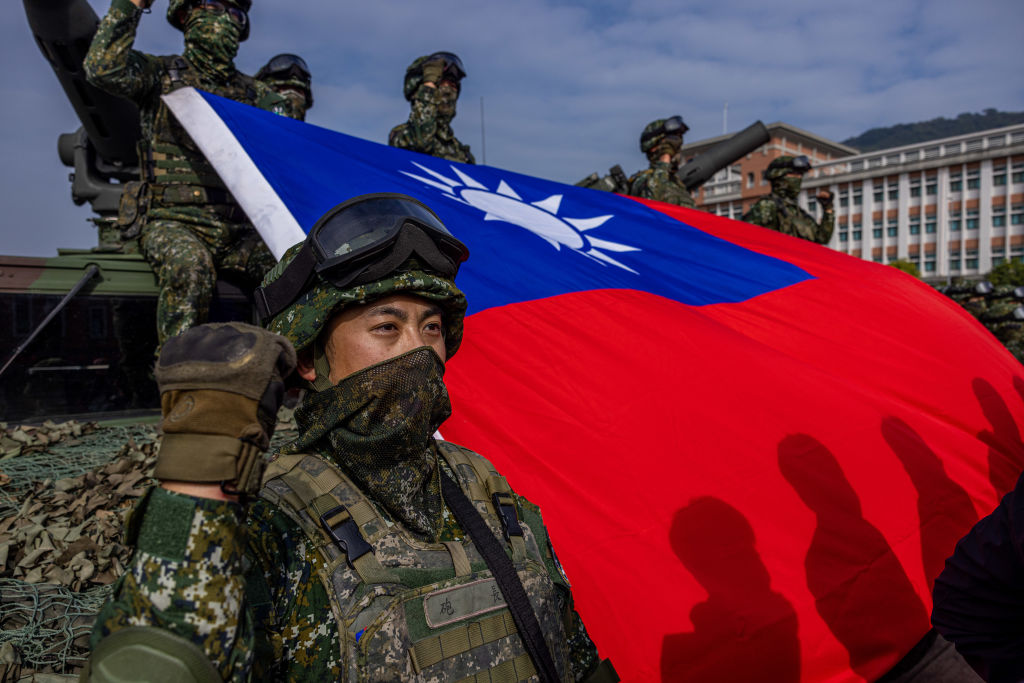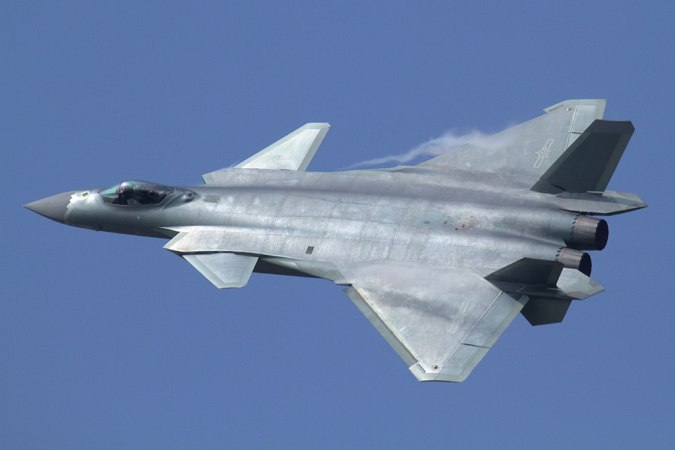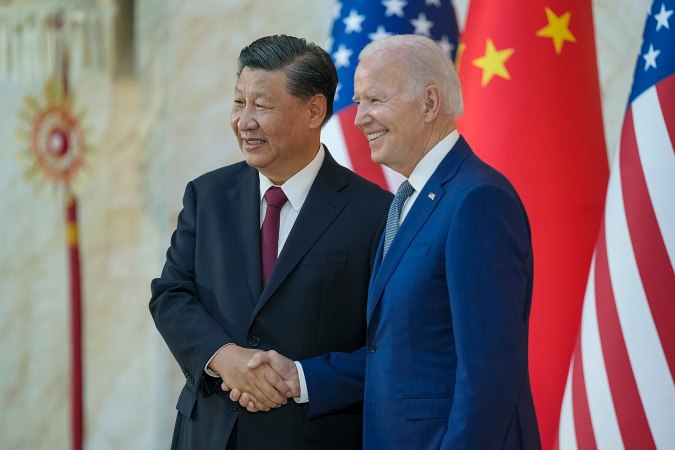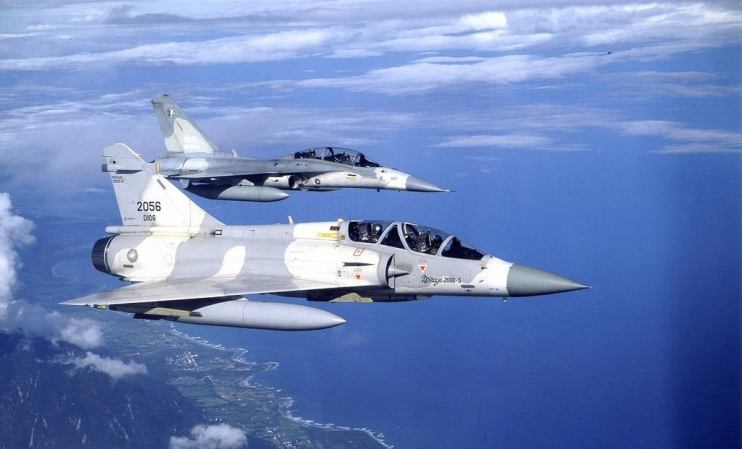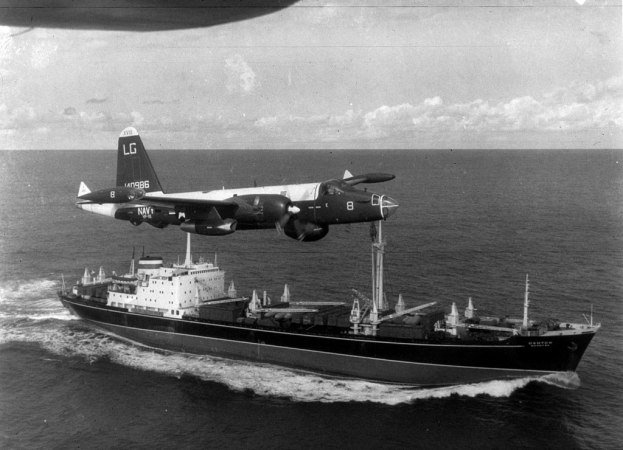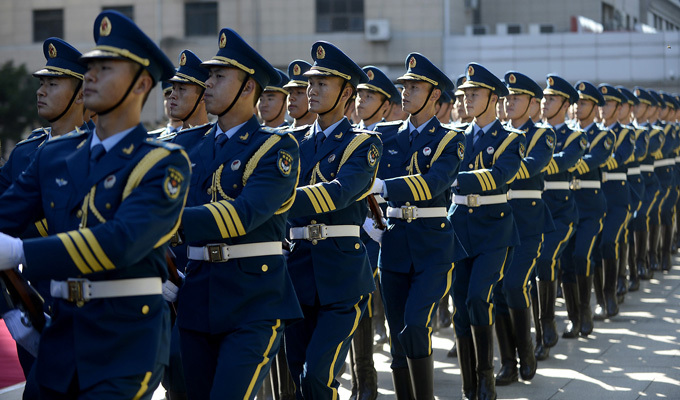Several years ago, WATM wrote about war game results looking at a U.S.-China war in the 2020s. The projection was that any war after 2025 would be bloody and likely unwinnable for the U.S. A new series of war games from the Center for Strategic and International Studies has good and bad news.
First, the Chinese military grew more slowly than expected in size and strength. CSIS thinks that Taiwan, backed by the U.S., Japan, and other Pacific allies, could stave off China in 2026. But the bad news: The costs would be horrific, with multiple aircraft carriers and thousands of American lives lost.
The full report has a lot of great discussion points and recommendations. It’s available here for anyone who wants to delve through 165 pages.
The scenario: U.S.-China War over Taiwan
The report looked specifically at an amphibious invasion of Taiwan by China. It was aimed narrowly at assessing the potential costs of what countries will defend Taiwan and a U.S. intervention in an invasion, and so it assumed that the invasion and then an intervention by the U.S. occurs.
In the scenario, China always opens with an effective bombardment of Taiwan and its defenders. Unless China’s forces prove in combat to be as neglected as Russia’s, this is a safe bet. China has developed top-tier missile capabilities and has extensive intelligence of Taiwanese forces’ placement and capabilities.
After the bombardment, the forces clashed as China attempted to land troops and Taiwan attempted to prevent Chinese beachheads and combat massing. From here, the 24 iterations of the war game diverged from one another.
There was the “base” scenario and then a range of scenarios that represented optimistic assumptions for Taiwan and the U.S. or pessimistic assumptions for Taiwan and the U.S. There was also a “Taiwan Alone” scenario and a “Ragnarok” scenario. Ragnarok was similar to Taiwan alone in that its Pacific allies stayed neutral in the conflict, but the U.S. attempted to relieve Taiwan in the Ragnarok scenario.
The broad results for a U.S.-China War
The surprising upshot from the CSIS war games: Taiwan survived as an autonomous nation in all but two scenarios: Taiwan Alone and Ragnarok. This is a surprising result for China watchers, but it might not be as shocking for World War II buffs with knowledge of the planned invasion of Taiwan.
Taiwan’s geography is challenging for an invader. An amphibious landing is still the best option for getting combat mass ashore, but there are few great landing areas, and the airports and airfields are hard to take via air insertion without ground support. America had limited maps in World War II and decided not to risk it. China likely has great maps, but still no good options.
Even in pessimistic scenarios where the U.S. joined the war after 14 days, where Taiwanese forces had limited ammunition or were slow to respond, China was too slow at building combat mass. It simply couldn’t bring forces in and organize them fast enough to overcome the defenders.
Winning in the vast majority of situations is great. But when it comes to war, the new adage “a win is a win” isn’t quite true. These simulated victories were quite costly in blood, especially Taiwanese but also American. In each base scenario, the U.S. lost two aircraft carriers and at least seven other major surface warships. Taiwan lost its entire Navy, and the Japanese Maritime Self-Defense force fared little better. Each nation suffered hundreds of losses and in the air and thousands of human casualties.

Takeaways for policy makers
The report was aimed at fostering public debate and providing information to U.S. policymakers, and it contains well-organized takeaways for military planners and policymakers. First, a few vital weapon systems greatly outperformed their cost. These include submarines, long-range anti-ship missiles, and non-stealth bombers and fighters.
If the U.S. truly wants to deter or defeat a massed Chinese force, expanding the supply of these proven weapons may provide better value than new, technical whizbangery.
Another important point is that China didn’t take the shortest route, which would have focused on the northern portion of the island. Instead, it went after the less-defended south. Improving defenses in that area would provide outsized benefits, and it’s necessary to practice counterattacks there.
Finally, if the U.S. is truly interested in containing Chinese forces, diplomacy is key. Recent assessments of West Pacific allies are pessimistic about South Korea’s and the Philippines’ stomach for a fight with China. Both countries are well-positioned geographically, but not militarily, to help in a conflict. Any diplomatic movement toward greater cooperation could save American lives. Japan is likely to engage significantly, but maintaining that relationship is clutch.
Of course, the biggest American choice is whether to dedicate itself to the fight in the first place. The assessment is very clear on a timely point: The Ukraine model will not work in Taiwan. American assistance to Ukraine started late and was slow in the opening days of the 2022 invasion. Taiwan is too easy to blockade. American weapons and forces joined the fight before it started or were unlikely to make it in alive.


